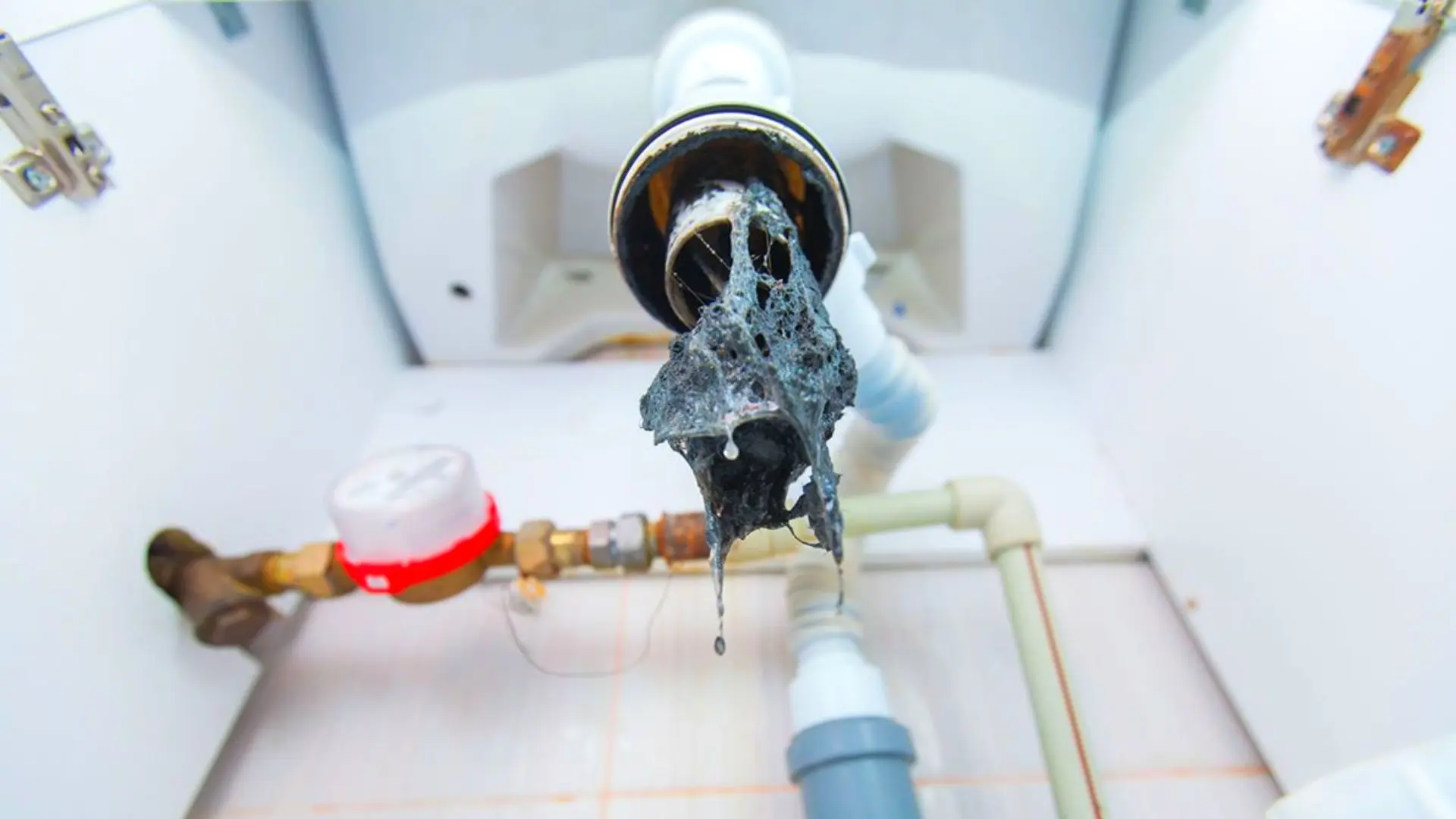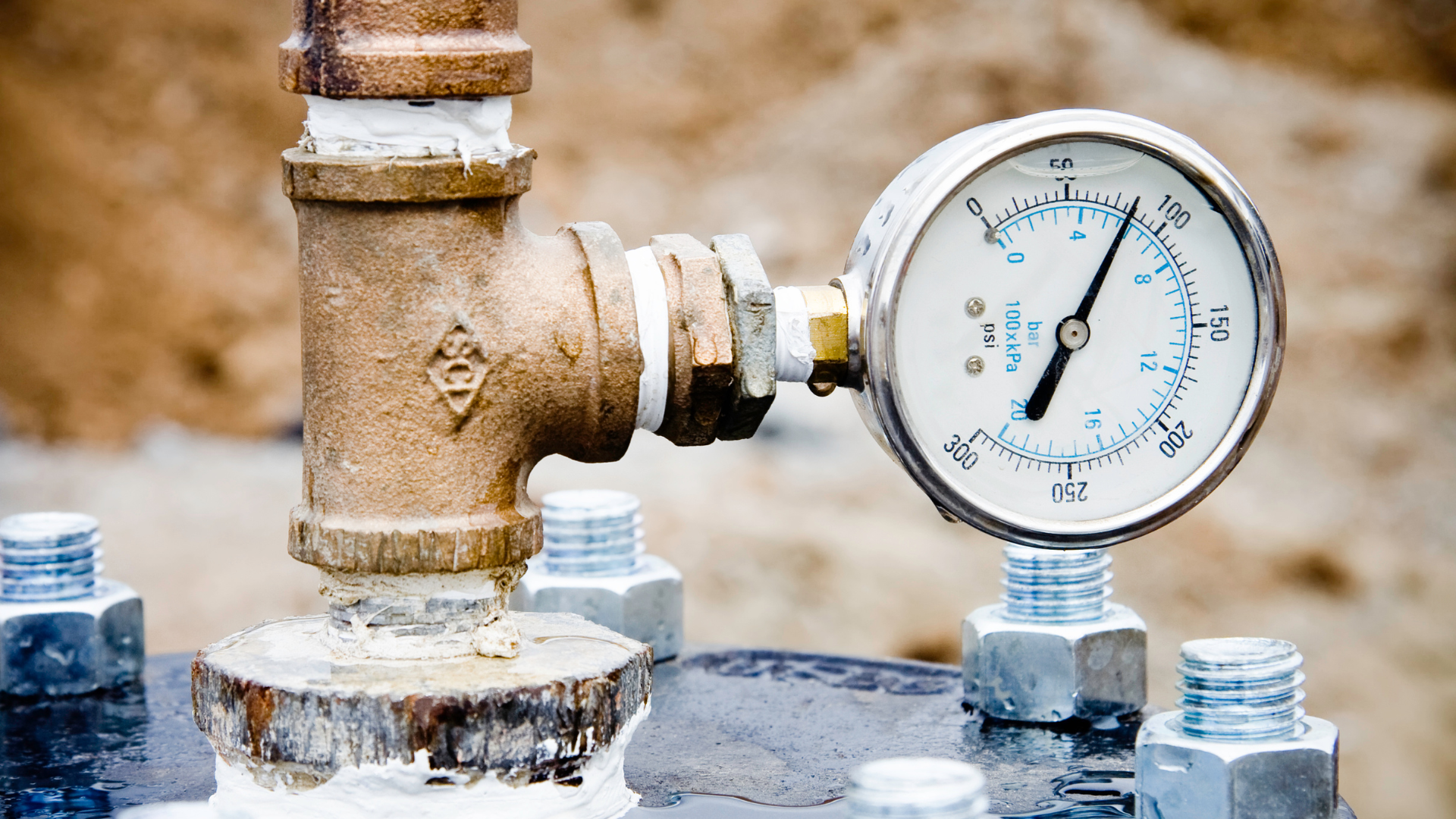Just how do you really feel in regards to 4 Ways to Troubleshoot Low Water Pressure?

Low tide pressure in your house can be an irritating problem, impacting every little thing from bathing to washing meals. If you're experiencing weak water flow, there are a number of feasible reasons and options to discover. In this guide, we'll go over usual reasons for low tide pressure and practical steps to address the issue effectively.
Introduction to Low Tide Pressure
Low tide stress happens when the flow of water from your taps, showers, and other components is weak than common. This can make everyday jobs extra difficult and less effective. Recognizing the causes of low tide pressure is crucial to discovering the right service.
Usual Causes of Low Tide Stress
Faulty Pressure Regulators
Stress regulators are in charge of preserving consistent water stress in your home. If they malfunction, it can cause low tide stress or unequal circulation throughout your home.
Local Supply Of Water Issues
Often, the trouble lies outside your home. Municipal water concerns, such as main line leakages or maintenance work, can briefly minimize water stress in your location.
Pipe Obstructions
In time, pipelines can become blocked with natural resource, debris, or particles, restricting the circulation of water. This is a common issue in older homes with galvanized steel pipelines.
Rust
Deterioration within pipelines can result in leakages and minimized water stress. Corrosion build-up can tighten water circulation, particularly in maturing plumbing systems.
Exactly How to Identify Low Water Stress
Checking Pipes
Examine visible pipelines for indicators of leaks, corrosion, or clogs. Take note of any type of uncommon audios, such as banging or rattling pipes, which can show issues within the plumbing system.
Consulting with a Plumber
If you're incapable to identify the reason for low tide stress, think about hiring an expert plumber to conduct a thorough inspection. They can recognize underlying problems and recommend ideal options.
Inspecting Faucets and Components
Start by evaluating the water pressure at various taps and components throughout your home. If the problem is separated to particular areas, it may show local issues.
DIY Solutions to Fix Low Tide Pressure
Flushing Water Heater
Sediment accumulation in the hot water heater can restrict flow and decrease efficiency. Flushing the tank periodically assists eliminate sediment and preserve optimum performance.
Checking Stress Regulatory Authority
Make sure that the stress regulatory authority is operating properly. Adjusting or changing the regulator can help bring back appropriate water pressure throughout your home.
Cleaning Aerators and Showerheads
Mineral deposits can collect in aerators and showerheads, minimizing water circulation. Get rid of and clean up these components consistently to enhance water pressure.
Clearing Up Clogs in Water Lines
For minor obstructions, try making use of a plumbing serpent or chemical drainpipe cleaner to clear blockages in pipelines. Beware when utilizing chemicals and comply with safety guidelines.
When to Call a Specialist Plumber
If DIY efforts stop working to fix the concern or if you suspect considerable plumbing issues, it's finest to look for help from a certified plumber. They have the experience and devices to attend to intricate problems safely and properly.
Preventive Measures to Keep Water Pressure
Mounting a Stress Booster
Take into consideration setting up a stress booster pump to boost water stress in areas with consistently low circulation. This can be especially helpful for multi-story homes or homes with high-demand fixtures.
Surveillance Water Usage
Be mindful of water usage behaviors and prevent overtaxing the plumbing system. Simple modifications, such as incredible showers and laundry loads, can assist keep adequate water stress.
Regular Upkeep
Set up regular upkeep for your plumbing system to avoid problems such as rust, leaks, and obstructions. Dealing with small issues early can help stay clear of more substantial repair services later.
Verdict
Dealing with low tide pressure can be discouraging, however identifying the underlying causes and implementing appropriate solutions can restore optimum circulation throughout your home. Whether it's cleansing aerators, inspecting pipelines, or consulting with a plumber, taking positive steps can make certain a steady supply of water for your everyday requirements.
How to Fix Low Water Pressure In Your Home
Municipal Water Supply Issues
Scheduled maintenance, high demand, and water main breaks are all potential causes for low water pressure within a city or county’s water lines. While there’s not much you can do to personally fix a problem with your city or county’s water supply system, you can play a big role in documenting the issue and alerting those who can.
How to fix it:
Ask your neighbors if they are experiencing any issues with low water pressure. If multiple homes are affected, it’s likely related to the city’s water line. Contact the local Water Authority to see if there is any maintenance taking place that might be affecting your supply. Also let them know of your specific issues. If other homeowners report the same issues, they’ll know that there could be a larger issue to look into. Faulty Fixtures
A damaged or clogged shower head, faucet or appliance is the first thing we’d suggest checking, especially if low water pressure appears to be isolated to a specific area of your home.
How to fix it:
First, turn off the main water supply to your home. Check the affected appliances for build-up or debris. In the case of a faucet, you can simply unscrew the aerator at the tip of the faucet. Showerheads should be fully detached from the water pipe. While the appliances are detached, you may want to check the water supply to determine if the fixtures were in fact the issue. To clean, soak the showerhead or aerator in vinegar and brush off any visible debris. Reattach the fixtures and check the water pressure again. If it is still low, there is likely a deeper issue at hand, which can be determined by a professional plumber. Pipe Obstructions
Mineral deposits, rust or other debris within water pipes can lead to blockages or corrosion over time.
How to fix it:
When you think of a clog, you probably think of a drain clog. While there are many DIY solutions to clearing a drain, clogs in a water pipe will almost always require the help of a professional plumber. A plumber will be able to locate the affected pipe and clean out any debris or mineral deposit buildup. In severe cases, the pipe may need to be replaced. Your plumber might also recommend a water softening system to remove the minerals from your home’s water supply that can contribute to pipe blockages over time.
Plumbing Leak
Undetected water line leaks can divert water away from your residential pipes, reducing the water pressure in your fixtures.
How to fix it:
Check your water meter by turning off all water sources and monitoring the meter for any movement, which could be a clear indicator of a potential leak. Check all visible pipes for signs of leaking, including water stains, active dripping or damp spots around the pipe. Inspect fixtures, including faucets and showerheads, for any drips. Test the pressure but recording the pressure with the main water valve shut off. Leave off for a few hours and test again. A significant drop in pressure is a clear sign of a leak. https://kiddcoplumbing.com/plumbing-blog/how-to-fix-low-water-pressure/

We were shown that report on Low Water Pressure in the House? from an associate on our other blog. Enjoyed our post? Please quickly share it. Help another person discover it. I am grateful for your time. Kindly check up our site back soon.
Phone